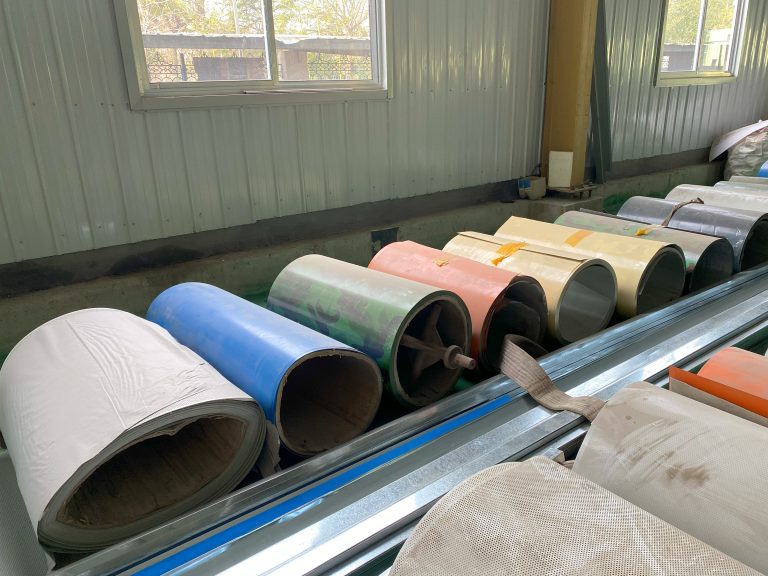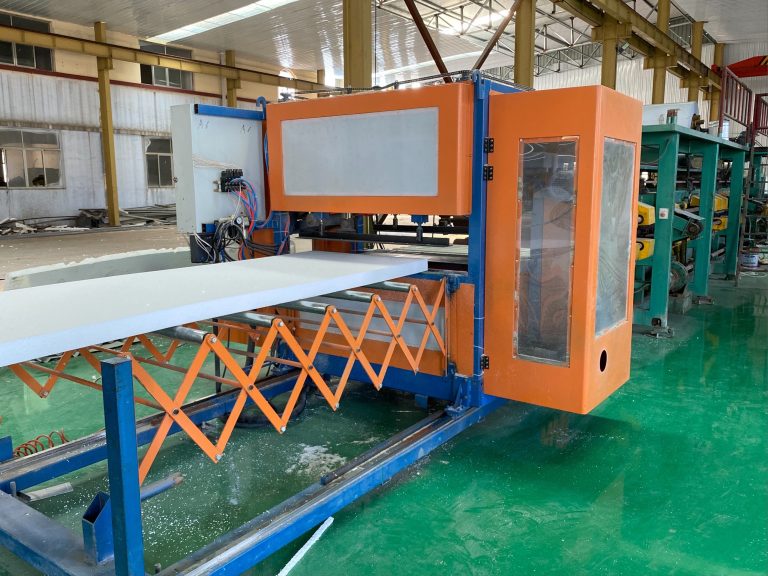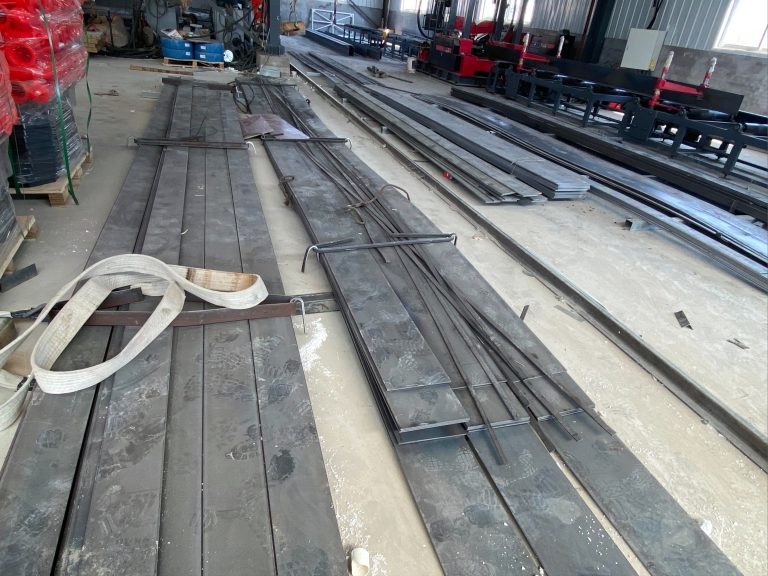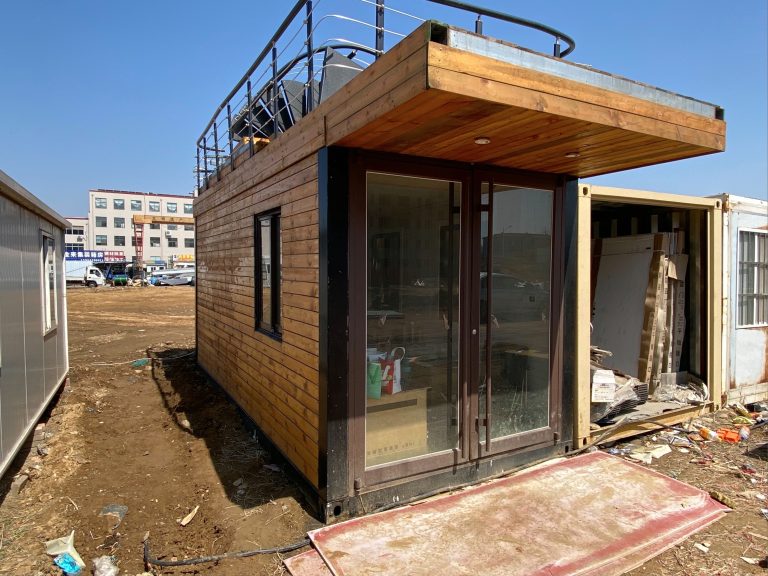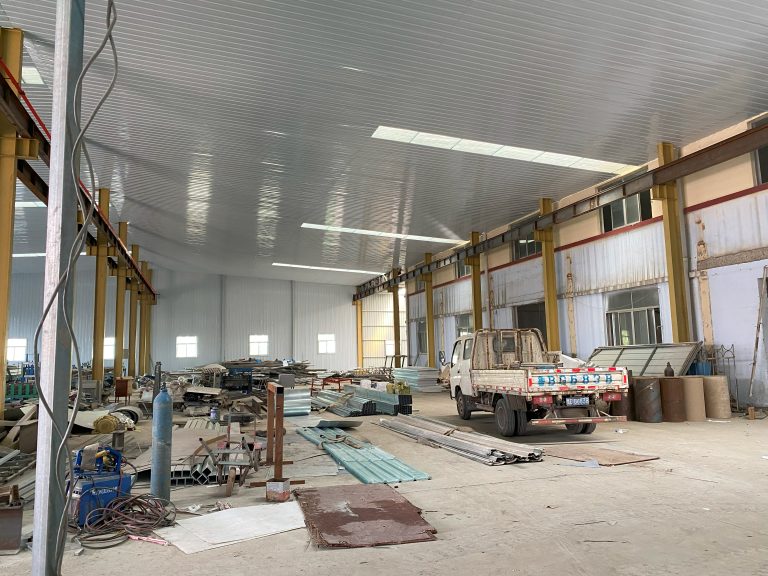Technology innovation of intelligent fire prevention and smoke exhaust in steel structure buildings
Inhoudsopgave
Benefits of Intelligent Fire Prevention Systems in Steel Structure Buildings
Steel structure buildings have become increasingly popular in recent years due to their durability, cost-effectiveness, and sustainability. However, one of the major concerns with these types of buildings is fire safety. In the event of a fire, steel structures can heat up quickly and lose their strength, potentially leading to catastrophic collapse. This is why it is crucial to have effective fire prevention and smoke exhaust systems in place to protect both the building and its occupants.
One of the most innovative technologies in fire prevention and smoke exhaust systems is the use of intelligent systems. These systems are designed to detect fires at an early stage and automatically activate fire suppression measures to prevent the spread of fire. They can also control the ventilation system to exhaust smoke and toxic gases, creating a safer environment for evacuation.
The benefits of intelligent fire prevention systems in steel structure buildings are numerous. Firstly, they provide early detection of fires, allowing for a quicker response time and reducing the risk of extensive damage. By detecting fires at their inception, these systems can prevent small fires from escalating into large, uncontrollable blazes.
Additionally, intelligent fire prevention systems can help to minimize the impact of fires on the environment. By quickly extinguishing fires and controlling smoke emissions, these systems can reduce air pollution and prevent the release of harmful toxins into the atmosphere. This is especially important in densely populated urban areas where air quality is already a concern.
Furthermore, intelligent fire prevention systems can save lives. By alerting occupants of a fire and providing clear evacuation instructions, these systems can help people to escape safely and quickly. In the event of a large-scale fire, every second counts, and having an intelligent system in place can make all the difference in ensuring the safety of building occupants.
Another key benefit of intelligent fire prevention systems is their ability to reduce property damage. By containing fires and limiting their spread, these systems can prevent extensive damage to the building structure and its contents. This can save building owners significant costs in repairs and replacements, as well as minimize the disruption to business operations.
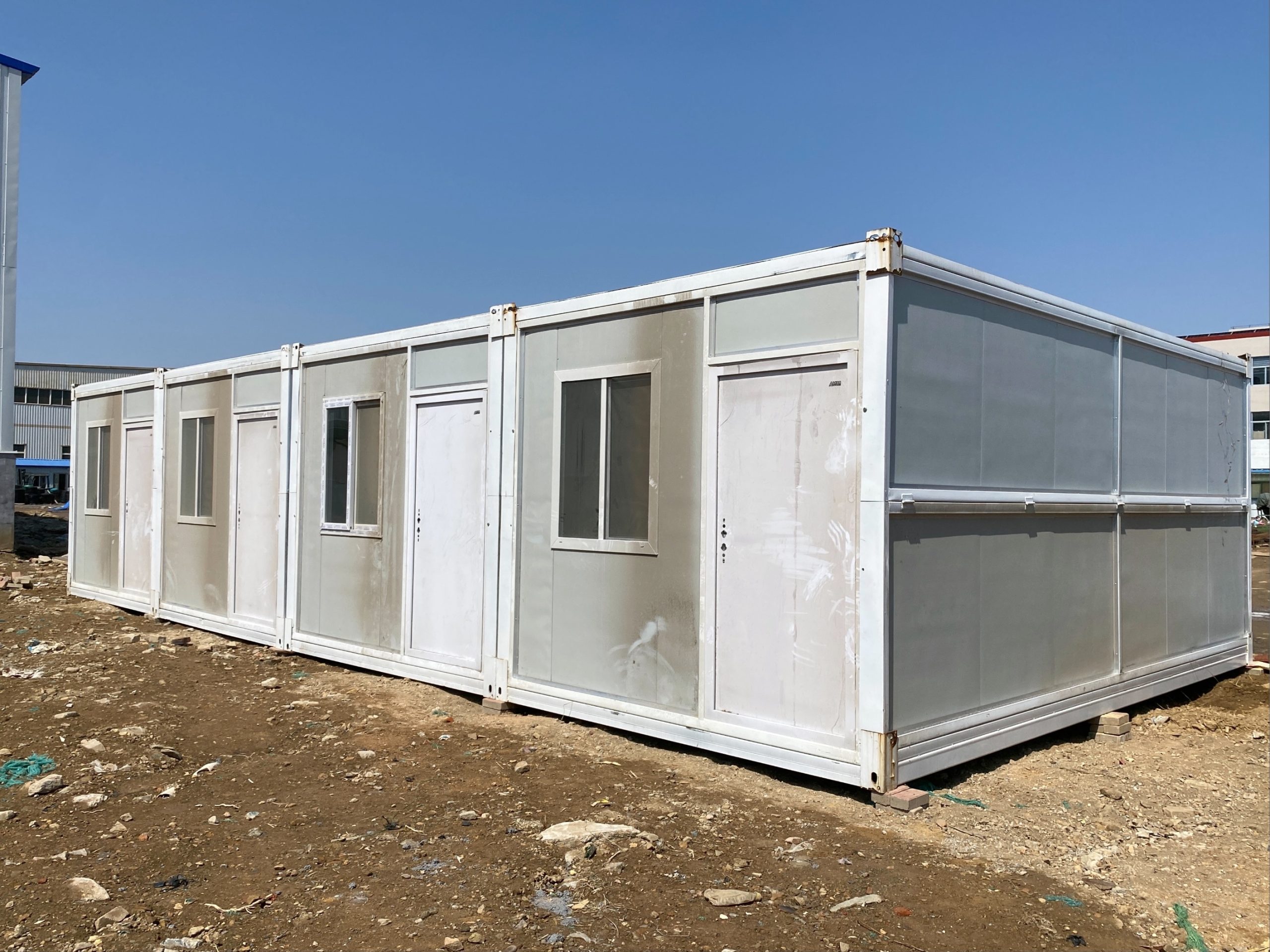
In conclusion, the technology innovation of intelligent fire prevention and smoke exhaust systems in steel structure buildings offers numerous benefits in terms of safety, environmental protection, and property preservation. By investing in these advanced systems, building owners can ensure the protection of their assets and the well-being of their occupants. As the demand for steel structure buildings continues to grow, it is essential to prioritize fire safety and implement the latest technologies to mitigate the risks associated with fire incidents. Intelligent fire prevention systems are a crucial component of a comprehensive fire safety strategy and should be considered essential in any modern building design.
Advancements in Smoke Exhaust Technology for Enhanced Safety in Steel Structure Buildings
Steel structure buildings have become increasingly popular in recent years due to their durability, cost-effectiveness, and sustainability. However, one of the key challenges faced by these buildings is the risk of fire. In the event of a fire, the smoke and heat generated can pose a serious threat to the occupants and the structure itself. To address this issue, technology innovation has played a crucial role in developing intelligent fire prevention and smoke exhaust systems for steel structure buildings.
One of the key advancements in this field is the development of intelligent fire detection systems. These systems use advanced sensors and algorithms to detect the presence of smoke or fire in the building at an early stage. By detecting the fire early, these systems can alert the occupants and emergency services, allowing them to respond quickly and effectively to the situation. This not only helps to minimize the damage caused by the fire but also ensures the safety of the building’s occupants.
In addition to intelligent fire detection systems, technology innovation has also led to the development of advanced smoke exhaust systems for steel structure buildings. These systems are designed to quickly and efficiently remove smoke and heat from the building in the event of a fire, helping to prevent the spread of the fire and improve the visibility for firefighters. By removing the smoke and heat, these systems create a safer environment for both the occupants and emergency responders, allowing them to evacuate the building and tackle the fire more effectively.
One of the key features of these advanced smoke exhaust systems is their ability to operate automatically in response to a fire. Using sensors and control systems, these systems can detect the presence of smoke or fire and activate the exhaust fans and dampers to remove the smoke from the building. This automation not only ensures a rapid response to the fire but also reduces the reliance on human intervention, making the system more reliable and efficient.
Furthermore, technology innovation has also led to the development of intelligent control systems for smoke exhaust systems in steel structure buildings. These control systems use advanced algorithms to optimize the operation of the exhaust fans and dampers, ensuring that the smoke is removed quickly and efficiently from the building. By adjusting the speed and direction of the fans, these systems can create a negative pressure zone in the building, helping to contain the smoke and prevent it from spreading to other areas.
Overall, the advancements in technology innovation have significantly improved the safety and effectiveness of fire prevention and smoke exhaust systems in steel structure buildings. By incorporating intelligent fire detection systems, advanced smoke exhaust systems, and intelligent control systems, these buildings can now better protect their occupants and assets in the event of a fire. As technology continues to evolve, we can expect to see even more innovative solutions that further enhance the safety and resilience of steel structure buildings in the face of fire hazards.

